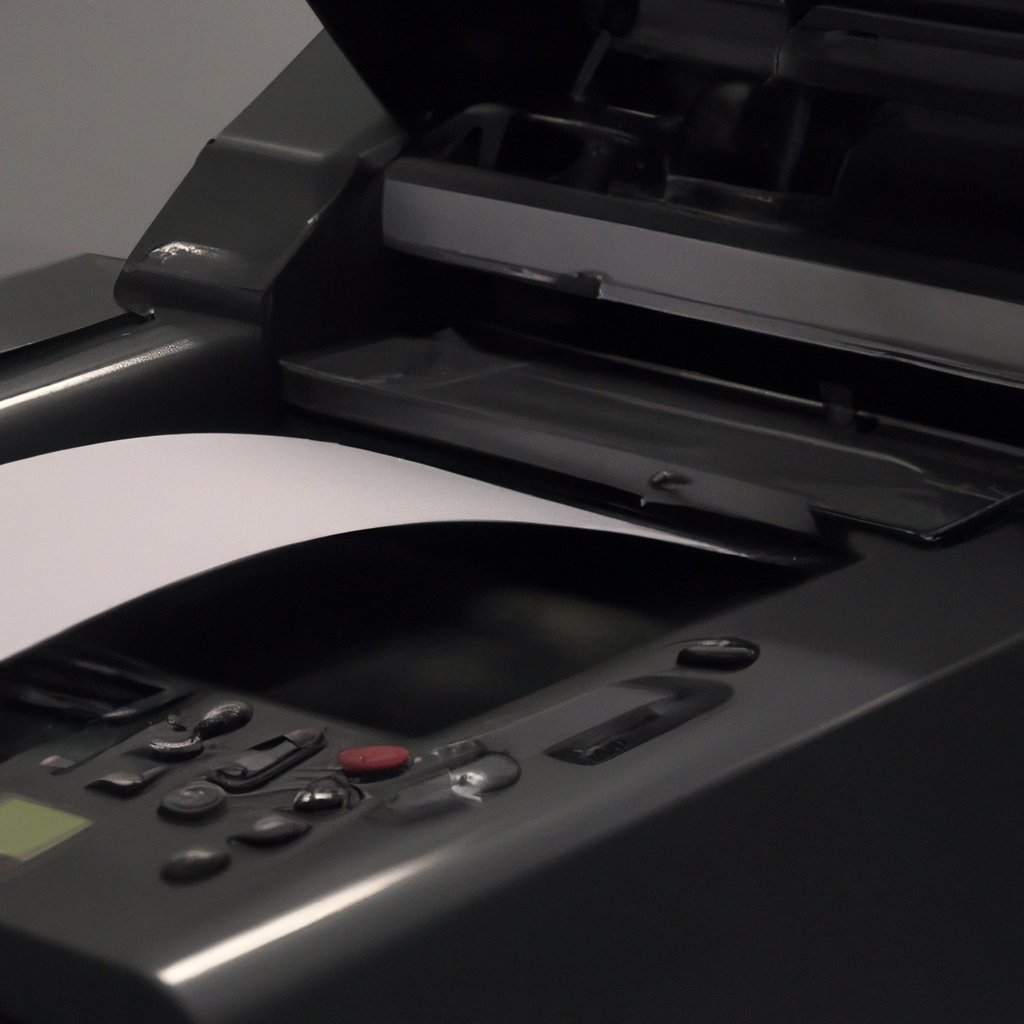A fax machine is a telecommunication device used to transmit documents from one location to another. It is also referred to as a facsimile or faxing machine. When a document is faxed, it is converted into an electronic signal that is transmitted over a telephone line. The receiving fax machine then receives the signal and prints out a copy of the original document. In this article, we will explore how a fax machine transmits documents.
The Components of a Fax Machine
To understand how a fax machine transmits documents, it is important to first understand the various components that make up a fax machine. A fax machine typically consists of the following components:
1. Scanner
2. Modem
3. Printer
4. Control circuitry
5. Telephone interface
The scanner is used to scan the document that needs to be faxed. The modem converts the scanned document into an electronic signal that can be transmitted over a telephone line. The printer is used to print out the received fax. The control circuitry is responsible for managing the various functions of the fax machine. The telephone interface is used to connect the fax machine to a telephone line.
How a Fax Machine Transmits Documents
Now that we know the various components of a fax machine, let’s take a closer look at how a fax machine transmits documents.
Step 1: Scanning the Document
The first step in faxing a document is to scan it using the scanner. The scanner captures an image of the document and converts it into a digital format that can be transmitted over a telephone line.
Step 2: Converting the Document into an Electronic Signal
Once the document has been scanned, the modem in the fax machine converts the digital image into an electronic signal. This signal is then transmitted over the telephone line.
Step 3: Transmitting the Signal
The electronic signal is transmitted over the telephone line to the receiving fax machine. The signal is sent in the form of audio tones that are decoded by the receiving fax machine.
Step 4: Receiving the Signal
When the signal is received by the receiving fax machine, it is decoded and converted back into a digital image. The digital image is then printed out on the printer.
Step 5: Printing the Document
Once the digital image is received and decoded by the receiving fax machine, it is printed out on the printer. The printed document is an exact replica of the original document that was scanned by the sending fax machine.
Advantages of Fax Machines
Fax machines have been around for decades and are still widely used in many industries. There are several advantages to using a fax machine, including:
1. Speed: Fax machines can transmit documents quickly over long distances.
2. Convenience: Fax machines are easy to use and require minimal set up.
3. Security: Fax machines are a secure way to transmit sensitive documents as they are sent over a private telephone line.
4. Reliability: Fax machines are a reliable way to transmit documents as they do not rely on an internet connection.
Conclusion
In conclusion, fax machines are an important tool for transmitting documents over long distances. They are fast, convenient, secure, and reliable. Understanding how a fax machine transmits documents can help users troubleshoot issues and optimize their faxing experience. By following the steps outlined in this article, users can ensure that their faxed documents are transmitted accurately and efficiently.







